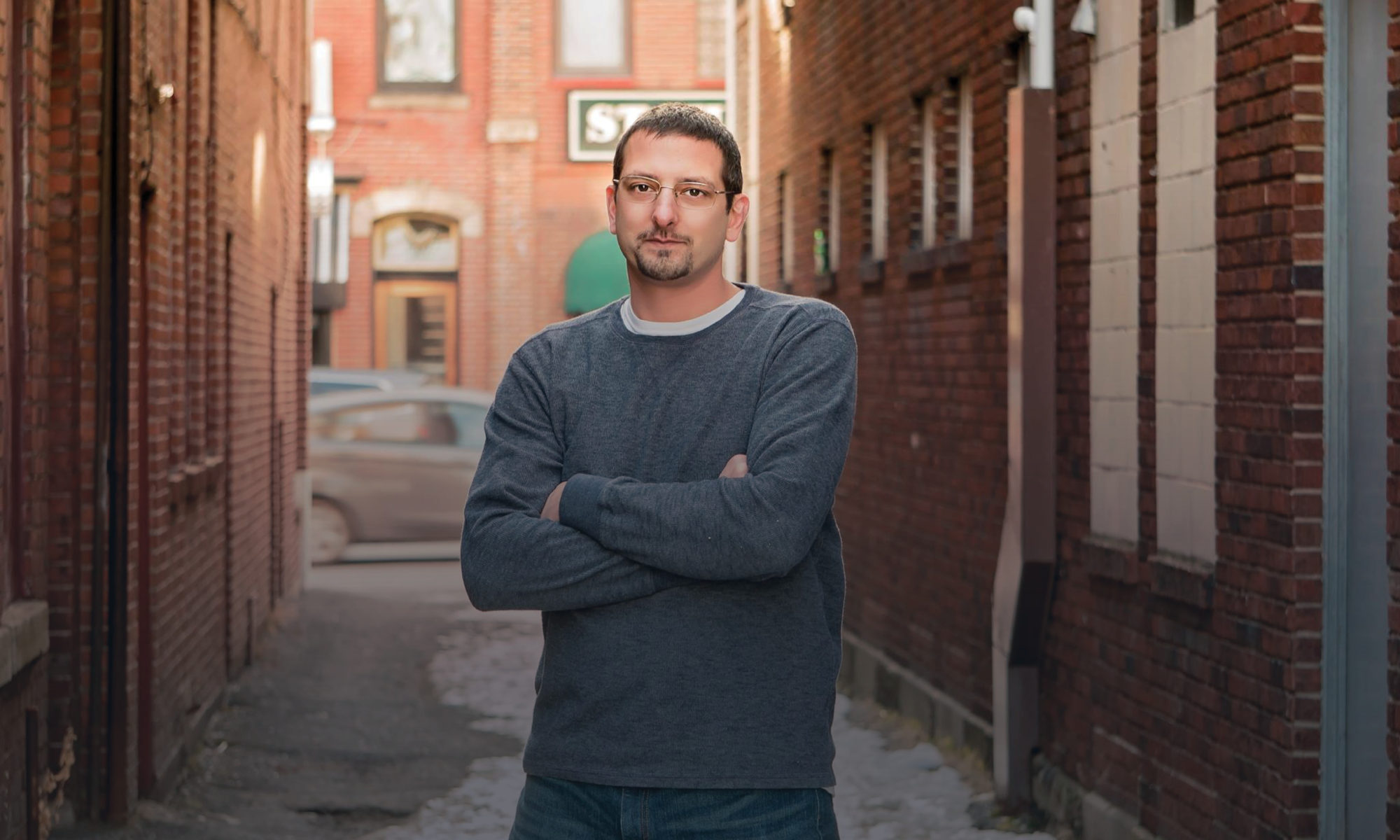Next month will mark seven years since I first heard from a victim that she had been sexually abused by my father. I was just barely two years in to my full time role at the church and that fateful day–July 29th, 2011, changed my family forever. Rather than defend my dad or come up with a myriad of excuses for how his victim sitting across from me could have been mistaken, I instinctively told her, “I believe you.” Little did I know how rare those words are when survivors get the courage to tell. It’s hard to believe that just seven years ago, few people were talking about sexual abuse, especially in the church.
I know that few were talking about it because I searched and searched for resources back then to help me navigate my family and church through the aftermath of my dad’s abuse. There was virtually nothing written at the time. There were almost no online support groups. There were only a small hand full of blogs. Jerry Sandusky’s trial had not taken place yet, the public hadn’t heard anything negative about Larry Nassar, Jared Fogle, Harvey Weinstein, Matt Lauer, or Bill Cosby, and the Catholic church was living in quiet streams after the 2001 investigation by the Boston Globe had run its course.
Fast forward seven years and the #MeToo, #ChurchToo movements are sweeping the globe. We are not quite half way through 2018 and already we’ve seen Larry Nassar’s public sentencing, Andy Savage resigned from Highpoint, Paige Patterson fired by Southwestern Baptist Seminary, Bill Hybles and Willow Creek being investigated because of alleged sexual misconduct, Jordan Baird, former youth leader of a megachurch in Virginia, sentenced for indecent liberties with a minor by a custodian, megachurch (Highlands Church) founder Les Hughey admitted to having “consensual” sex with multiple women, including a minor, when he was a youth pastor. And all 34 Chilean bishops resigned in May because of a sex abuse scandal there. Pennsylvania is releasing an 884 page grand jury investigation into 6 dioceses this month. This investigation was sparked after the Altoona-Johnstown diocese, just a few miles north of me, was investigated and a damning grand jury report was released of a massive cover up of sexual abuse of minors. The list goes on.
The point is that survivors are coming forward in spite of the push back, and abusers and their protectors are being exposed. Survivors are fed up with being silenced and they are being empowered by other brave survivors who share their stories. It certainly helps that we have some incredible investigators across the nation who are validating survivors and working hard to seek justice.
But is the exposure of abusers enough to bring about meaningful and lasting change? I would argue that, while it’s a huge step in the right direction, there is more that we can do. Fortunately, survivors of abuse have gotten the attention of lawmakers. In a recent article by Hogan Injury, they note that “The movement has prompted the state of California to consider passing a bill that bans secret sexual harassment settlements. According to Sen. Connie M. Leyva (D-Chino), the senator who plans to introduce the bill, these secret settlements puts the public in jeopardy, especially potential future victims. These secret settlements also enable perpetrators to escape justice just because they have the money to pay for the cost of settlements.” Other states are passing laws that allow victims of abuse who fall outside of the statute of limitations to open new investigations. Pennsylvania’s attorney general, Josh Shapiro, has made it clear that he is listening to survivors of abuse and will make laws that improve the way our state handles allegations of abuse.
Hogan Injury goes on to say that “companies should also train their employees, supervisors, and managers about sexual harassment. For employee training, you aim to educate your employees what sexual harassment is. Take the opportunity to review your complaint procedure, and encourage your employees to use it to report sexual harassment.” I encourage churches and other organizations that do not have policies in place to make concrete policies that spell out clear boundaries for their employees and volunteers, and to also spell out the consequences for violating those boundaries. Someone who is being sexually, physically, or emotionally harassed, regardless of their age, should have an appropriate person or group of persons to report it to. They need to know that they can tell.
Our systems cannot keep failing victims. Ann Curry reported Matt Lauer in 2012, but her report fell on deaf ears. If we are going to protect vulnerable children and adults from predators, we need to have a written policy that spells out the reporting procedure and the policy cannot create a hierarchy where one person can override the policy. Nobody should be above the law. Nobody should have the authority to override other peoples’ decision to report an alleged crime. I think the tides are turning and as long as survivors keep speaking up, organizations will have no choice but to develop policies and training that actually protect the people who are in their care.



